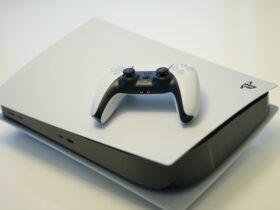NASA will reach another space milestone thanks to its rover, Perseverance. Not more than 80 million km left to go in its 471 million km mission, the rover is almost there.Â
Perseverance is close to Mars, and in 43 days, it will pierce the planet’s atmosphere at around 19,500 kph. Then, it will touch the Martian ground gently in a few minutes.
But that’s just a couple of insights of what Perseverance could offer. The rover is said to be the most advanced spacecraft ever to travel to Mars.
Here is what you need to know.
The Quest For Ancient Life on Mars

To search for any signs of life on the Red Planet, NASA equipped Perseverance with a suite of cutting-edge science devices and tools.
For instance, there are two essential instruments developed to search for potential signs of ancient life. PIXL (Planetary Instrument for X-ray Lithochemistry) is one of them, and it can map the chemical composition of sediments and rocks.Â
SHERLOC (Scanning Habitable Environments with Raman & Luminescence for Organics & Chemicals) is the second device that can detect organic minerals and matter.
The Perfect Place to Land
Perseverance will land on the Jezero Crater, a 45 km wide basin with boulder fields and dunes. Thanks to the rover’s instruments, the landing is expected to be flawless.
According to NASA, a river flowed there into a basin about the size of Lake Tahoe. The body of water would later deposit some sediments that formed a delta.
Gathering Data About Mars’ Climate and Geology

Collecting enough data about the Red Planet’s climate and geology could give scientists an idea of why our planet and Mars turned up so different.Â
Perseverance’s Cameras
The rover has more cameras than any spacecraft ever developed by NASA. The mission will be witnessed by 19 “eyes” and 4 other on other parts of the rover.
There’s also a microphone affixed to the edge of the spacecraft. This device will enable scientists to listen to the wind, for example.
More intriguing details about Perseverance will be soon unveiled. The rover is expected to bring home the most important space data ever recorded.












Leave a Reply